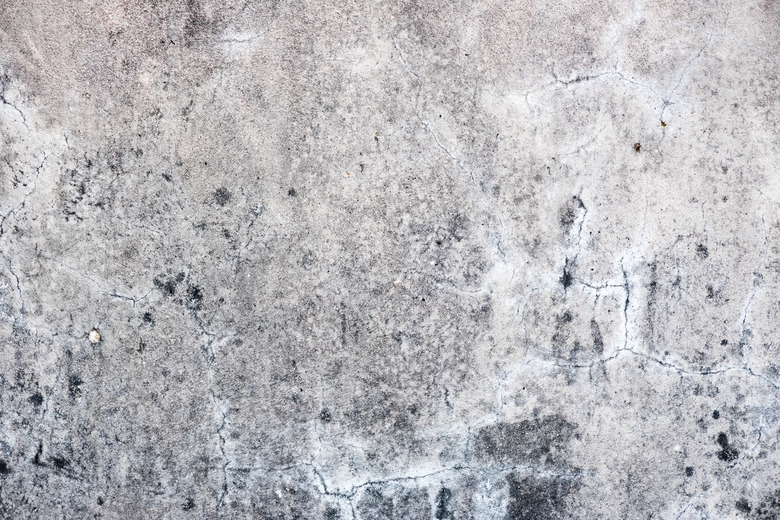How To Make Lightweight Concrete
All concretes are made with cement, a coarse aggregate, such as gravel, a light aggregate, such as sand and water. The cement uses the water to bind with the aggregates to make bonds that give the concrete its strength and durability. As the name implies, lightweight concrete is a lighter version of the traditional concrete mixture usually used by contractors. It is made by mixing a lighter aggregate, such as perlite, vermiculite or Styrofoam in place of heavier coarse aggregates in with the concrete to reduce the overall weight.
Drawbacks and Uses
Drawbacks and Uses
Lightweight concrete is not as strong as traditional concrete as adding the aggregate to the mix weakens the bonds, making it less sturdy when it comes to holding up weight. As a result, lightweight concrete should not be used in place of regular concrete for most projects.
That being said, lightweight concrete does make an excellent material for planters as it is easier to move around and does not need to be as strong simply to hold in dirt. This concrete is also often used for countertops and rooftop decks, where a lighter weight is more important than a higher strength. This form of concrete also has better insulation than traditional concrete, so it can also be used for walls in structures such as work sheds when insulation is more important than strength.
Mixing Lightweight Concrete
Mixing Lightweight Concrete
There are different recipes to make lightweight concrete depending on the coarse aggregate used and the required strength of the end product. Using less sand can make the product lighter, but it can also make the concrete weaker structurally. A simple recipe for basic lightweight concrete is to combine 8 parts sand, 8 parts cement and 8 parts perlite to 5 parts water.
Alternatively, you can follow the directions for most traditional concrete mixes, replacing the required gravel with half the weight of your chosen lightweight aggregate as they tend to weigh about half of what the gravel does.
Whichever recipe you choose, always wear a mask to keep dust out of your mouth and lungs and wear gloves to avoid burning your hands with the concrete. Also, add the water slowly as the humidity in the air can require you to use more or less water than the recipe calls for. The end result should always clump in your hand and hold its shape. Too little water will make the concrete hard to spread and work with, but too much water will make it runny and lack structure.
Things to Keep In Mind
Things to Keep In Mind
Although the exact mixture used in a lightweight concrete will affect its total weight, an average square foot of lightweight concrete weighs about 14.5 pounds, whereas traditional concrete weighs 18 pounds. While 3.5 pounds can be a big difference in weight when it comes to projects, if you're looking for planters that are easy to move around, even lightweight concrete may prove too heavy for some people.
Additionally, if you want to use lightweight concrete but don't want to prepare the mixture itself, you can always buy a premade mix at your local home improvement store. These concrete mixes only require you to add water and can be particularly handy for those looking to make a small project. In this case, it may be impractical to buy whole bags of concrete, sand and lightweight aggregates individually.
